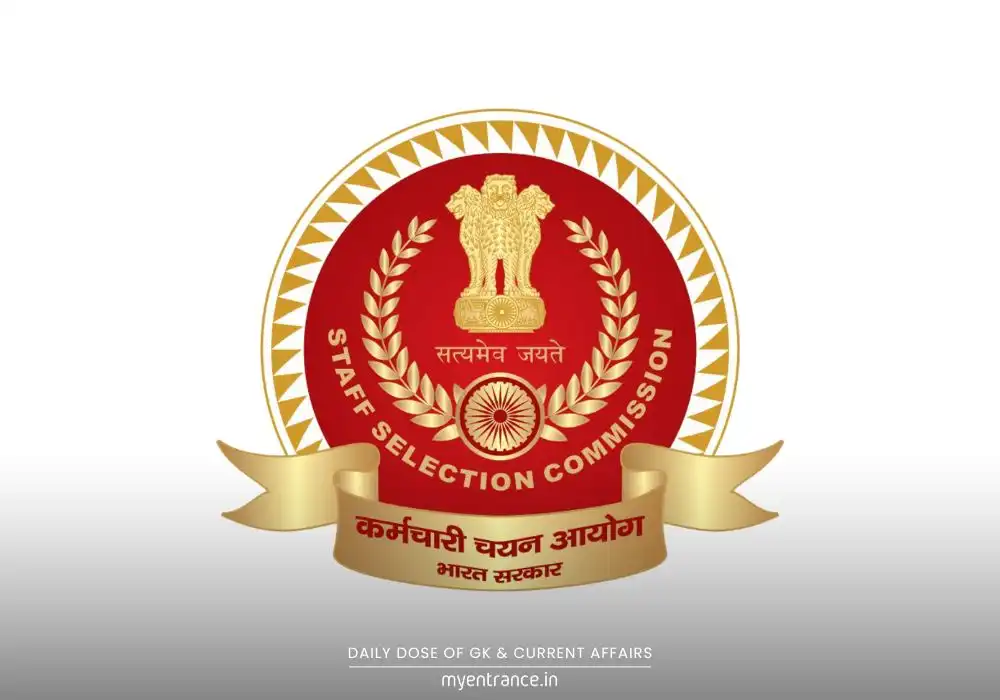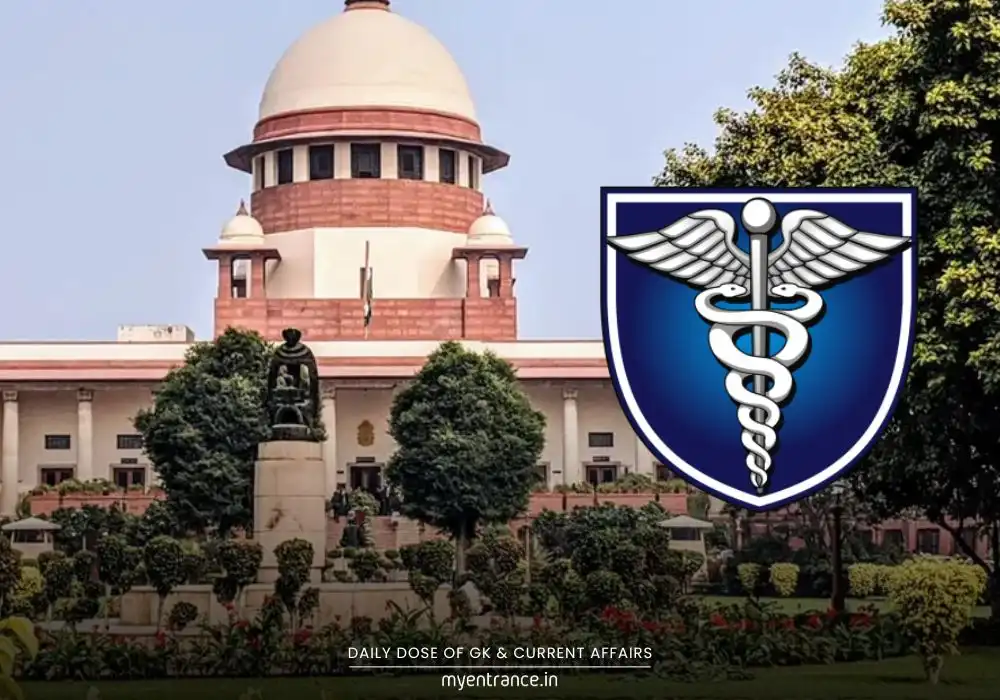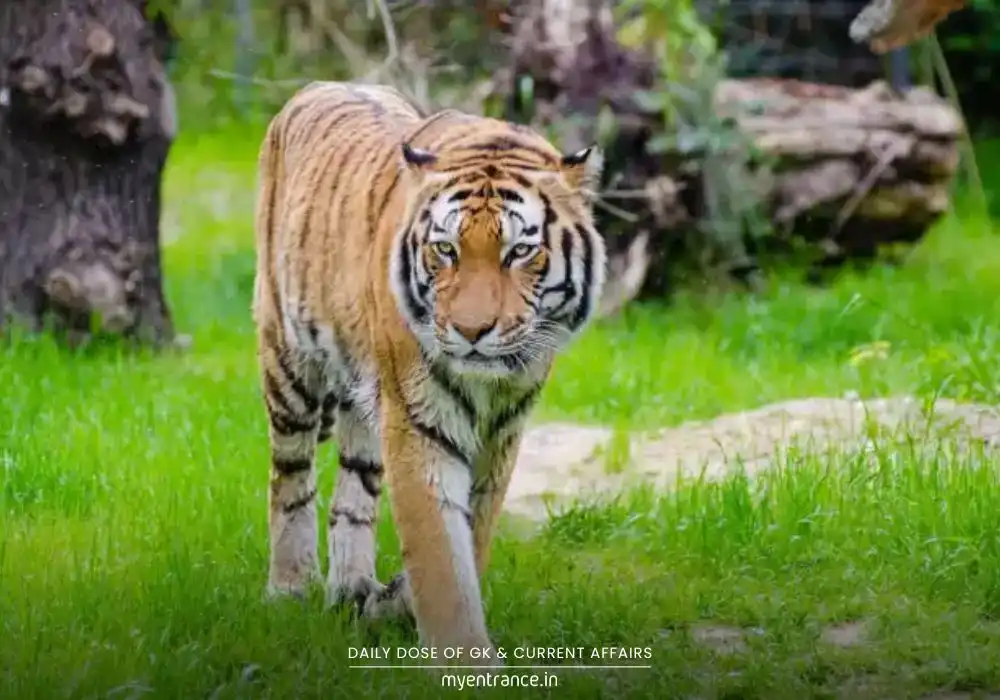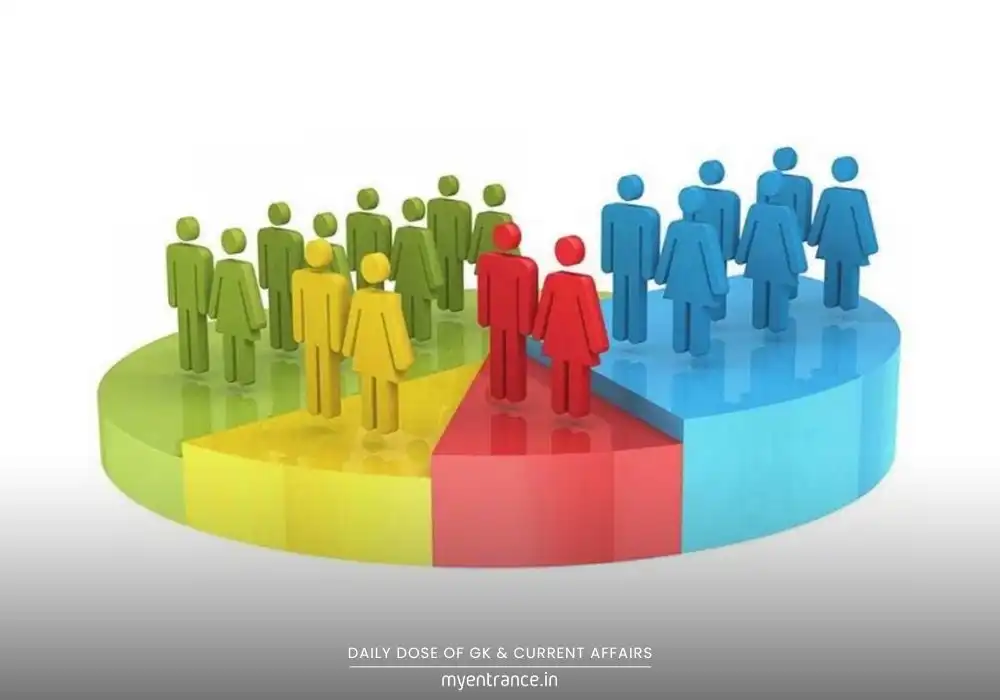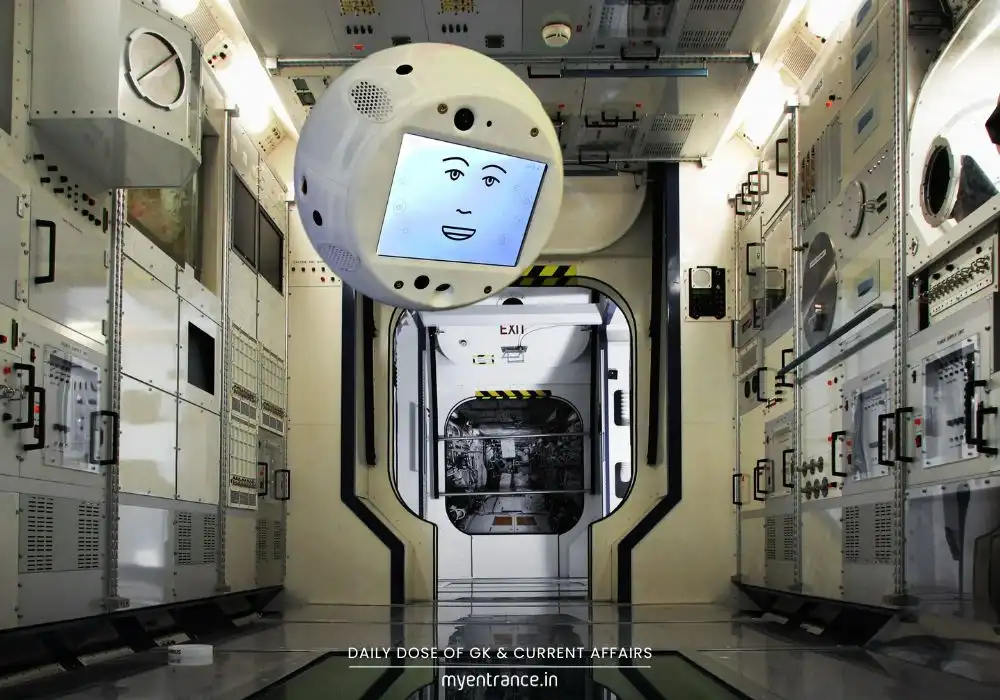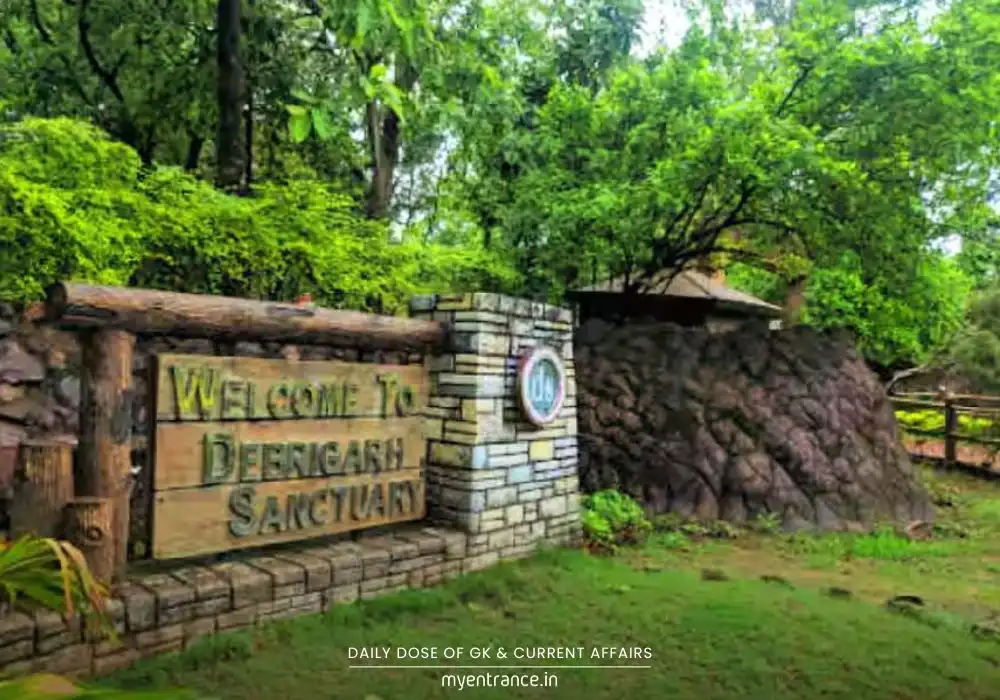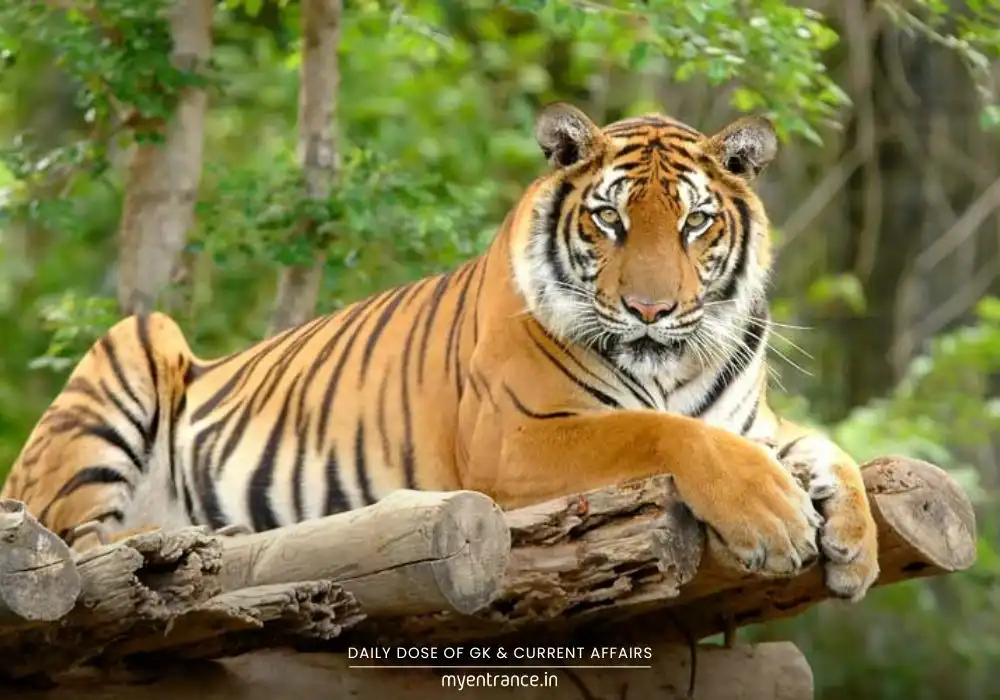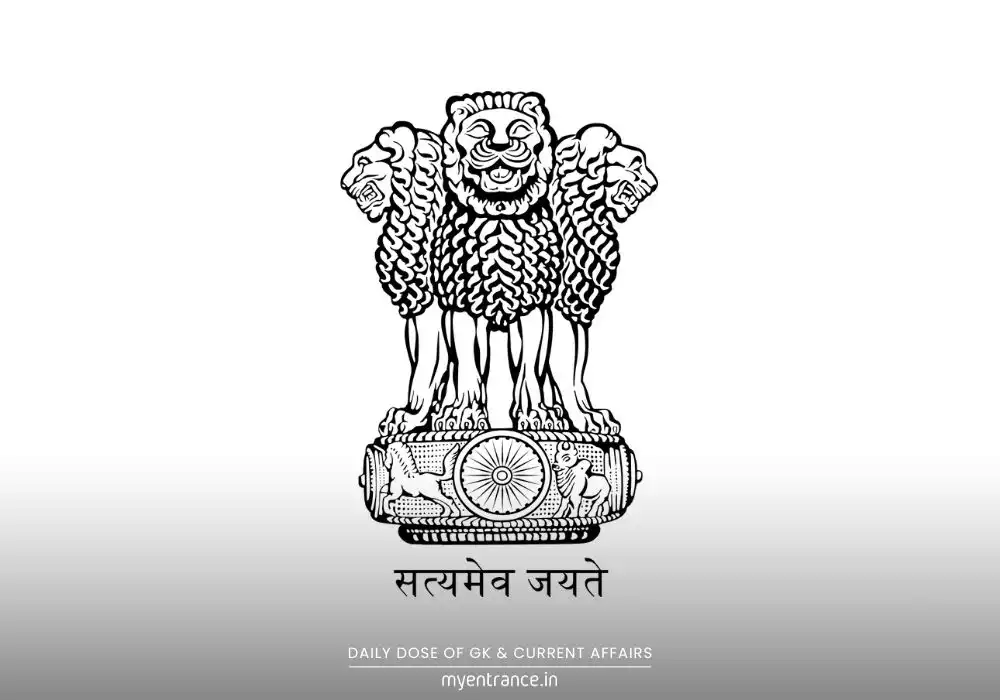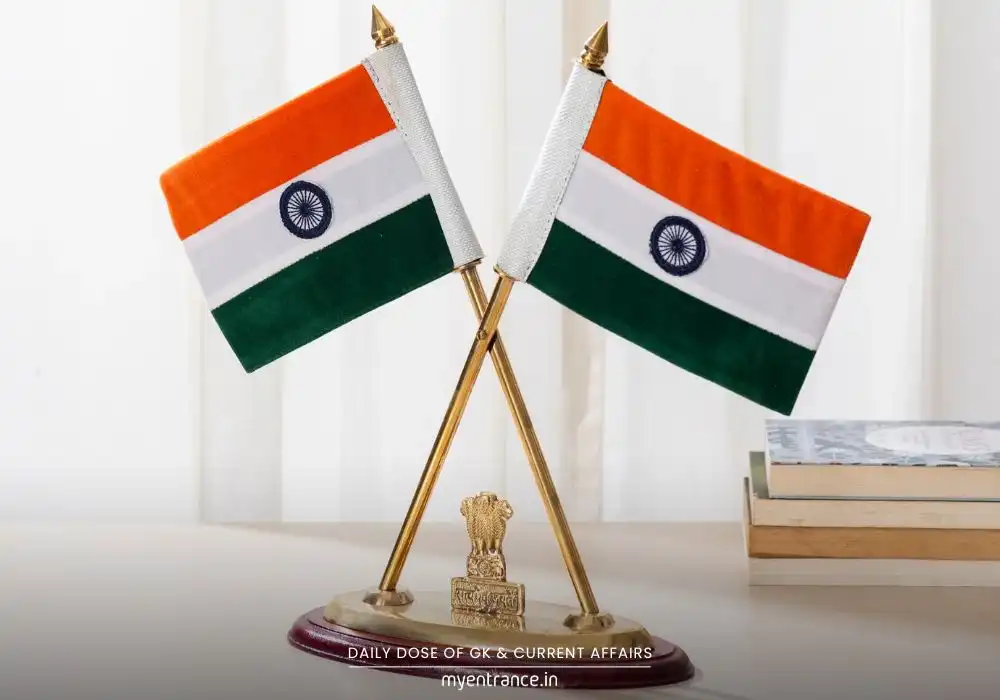Translate Language
Daily Current Affairs Quiz and Key Pointers: 02-08-2025
Today’s current affairs roundup covers crucial developments across politics, economy, environment, and technology. Highlights include the ICJ’s climate verdict, India’s manufacturing boom, NEP 2020 progress, and Ladakh’s geothermal discoveries. Plus, explore exam-focused updates on subsidies, AI courses, and wildlife conservation.

1. Climate Accountability Just Got Real: ICJ’s Landmark Verdict Explained
The International Court of Justice (ICJ) recently ruled that nations failing to meet climate commitments can now face legal consequences. This verdict strengthens global climate action frameworks, emphasizing accountability for carbon emissions and ecological damage. India, as a signatory to the Paris Agreement, may need to reassess its climate policies.
Key Points:
The ICJ linked climate inaction to human rights violations.
Ruling mandates stricter compliance with emission targets.
Implications for India’s renewable energy and coal phase-out plans.
Q&A:
Q1. What is the significance of the ICJ’s recent climate verdict?
A1. It holds nations legally accountable for failing to meet climate targets, linking environmental negligence to human rights.
Q2. How might India be affected by this ruling?
A2. India may need to accelerate renewable energy adoption and revise coal dependency to avoid legal challenges.
Q3. Which international agreement does this verdict reinforce?
A3. The Paris Agreement’s enforcement mechanisms.
Read More: Climate Accountability Just Got Real: Decoding the ICJ’s Game-Changing Verdict
2. NEP 2020: 5 Years Later – Hits, Misses & What’s Next for India’s Education Revolution
Five years after its launch, the National Education Policy (NEP) 2020 has seen mixed results. While digital literacy and vocational training have improved, disparities in rural infrastructure and teacher training persist. The government now aims to bridge gaps with increased funding and tech integration.
Key Points:
Emphasis on STEM and regional languages in curricula.
Delays in universalizing pre-primary education.
Upcoming focus on AI and skill-based learning.
Q&A:
Q1. Name one major achievement of NEP 2020 so far.
A1. Enhanced digital education access through platforms like DIKSHA.
Q2. What remains a critical challenge under NEP 2020?
A2. Uneven teacher training and rural school infrastructure.
Q3. What new focus areas are planned for NEP’s next phase?
A3. AI-driven classrooms and apprenticeship integration.
Read More: NEP 2020: 5 Years Later – Hits, Misses & What’s Next
3. India’s Manufacturing PMI Hits 16-Month High – Economic Boom Ahead?
India’s Purchasing Managers’ Index (PMI) for July 2025 surged to 56.8, signaling robust factory output and demand. Key drivers include export orders and domestic consumption, though inflation risks loom due to rising input costs.
Key Points:
Strong growth in textiles, electronics, and automobiles.
Employment generation at a 2-year peak.
RBI may hike rates if inflation spikes.
Q&A:
Q1. What does a PMI above 50 indicate?
A1. Economic expansion in the manufacturing sector.
Q2. Which industries contributed most to July’s PMI rise?
A2. Textiles, electronics, and automotive sectors.
Q3. How might the RBI respond to this growth?
A3. Potential interest rate hikes to curb inflation.
Read More: India’s Manufacturing PMI Hits 16-Month High
4. Goa CM Announces Subsidy for Farm Labour – Exam Focus
Goa Chief Minister Pramod Sawant has introduced a new subsidy scheme for agricultural laborers to boost rural income and farming sustainability. The initiative includes direct cash transfers, equipment subsidies, and skill development programs, aiming to reduce migration to urban areas.
Key Points:
Financial Aid: ₹6,000 annual support for small farmers.
Training: Free workshops on modern farming techniques.
Eligibility: Landholding limits apply; priority for women and SC/ST laborers.
Q&A:
Q1. What is the primary goal of Goa’s new farm labor subsidy?
A1. To enhance rural livelihoods and curb urban migration by supporting small farmers.
Q2. Who benefits the most from this scheme?
A2. Women, SC/ST laborers, and marginal farmers with limited landholdings.
Q3. How might this policy impact Goa’s agricultural output?
A3. Increased productivity due to better resources and training.
Read More: Goa CM Announces Subsidy for Farm Labour – Exam Focus
5. 71st National Film Awards 2025: Complete Winners List
The 71st National Film Awards celebrated Indian cinema’s finest, with 12th Fail winning Best Feature Film and Shah Rukh Khan bagging Best Actor for Dunki. Rani Mukerji won Best Actress for Mrs. Chatterjee vs Norway, while The Kerala Story received the Nargis Dutt Award for National Integration.
Key Points:
Best Director: Vidhu Vinod Chopra (12th Fail).
Social Impact Film: Bheed (based on migrant crisis).
Special Mention: Child artistes in Chhello Show.
Q&A:
Q1. Which film won Best Feature Film at the 71st National Film Awards?
A1. 12th Fail, a motivational drama based on UPSC aspirants.
Q2. Name the actor who won Best Actor for Dunki.
A2. Shah Rukh Khan.
Q3. What was the theme of the Nargis Dutt Award-winning film?
A3. National Integration (The Kerala Story).
Read More: 71st National Film Awards 2025: Winners List
6. Ladakh’s Hot Springs: Clues to Life’s Origins on Earth & Mars?
Scientists have discovered microbial life in Ladakh’s geothermal springs, surviving extreme conditions similar to Mars. This breakthrough aids astrobiology research and hints at potential extraterrestrial life.
Key Points:
Extremophiles: Microbes thrive in high temperatures and sulfur-rich water.
Mars Analog: Similarities to Martian geothermal sites like Gale Crater.
Research Implications: Supports theories of life surviving harsh planetary environments.
Q&A:
Q1. Why are Ladakh’s hot springs significant for space research?
A1. They host microbes in Mars-like conditions, offering clues about extraterrestrial life.
Q2. What are extremophiles?
A2. Organisms that survive in extreme environments (e.g., high heat, acidity).
Q3. Which Mars location shares traits with Ladakh’s springs?
A3. Gale Crater, a site with ancient geothermal activity.
Read More: Ladakh’s Hot Springs: Life’s Origins on Earth & Mars?
7. IIT Madras Launches Advanced AI & Deep Learning Course
IIT Madras introduces a certified course in AI and Deep Learning to bridge India’s tech talent gap. The program includes industry projects and mentorship, targeting engineers and graduates.
Key Points:
Duration: 6 months (online + hands-on labs).
Highlights: NLP, computer vision, and TensorFlow/PyTorch training.
Placement Support: Tie-ups with Google, Microsoft, and startups.
Q&A:
Q1. Who should enroll in IIT Madras’s AI course?
A1. Engineers, CS graduates, and professionals seeking AI specialization.
Q2. Name two tools covered in the curriculum.
A2. TensorFlow and PyTorch.
Q3. How does this course address industry needs?
A3. Through corporate collaborations and real-world projects.
Read More: IIT Madras AI Course: Future-Proof Your Career
8. India’s Global Capacity Building Initiative – Key Facts for UPSC/SSC
India’s “Vishwamitra” program trains foreign officials in governance, tech, and sustainability, boosting soft power. Over 10,000 personnel from 78 countries have participated since 2022.
Key Points:
Focus Areas: Digital governance, climate resilience, and public health.
Participating Nations: Africa, ASEAN, and Latin America.
UPSC Link: Aligns with GS-II (International Relations).
Q&A:
Q1. What is India’s Vishwamitra initiative?
A1. A capacity-building program for global officials in governance and tech.
Q2. Which regions benefit the most?
A2. Africa and ASEAN countries.
Q3. How does this align with UPSC syllabus?
A3. Covers IR topics like South-South cooperation.
Read More: India’s Global Capacity Building Initiative
9. Debrigarh Wildlife Sanctuary: Odisha’s New Tiger Reserve & Its Ecological Impact
Odisha’s Debrigarh Wildlife Sanctuary has been declared the state’s third tiger reserve, marking a major milestone in wildlife conservation. Located near the Hirakud Reservoir, this biodiverse region is home to tigers, leopards, sloth bears, and over 200 bird species.
Key Points:
Conservation Boost: Aims to protect the endangered tiger population and their habitat.
Community Role: Involves local tribes in eco-tourism and anti-poaching efforts.
Ecosystem Benefits: Enhances water security and carbon sequestration in the region.
Q&A:
Q1. Why is Debrigarh’s new tiger reserve status significant?
A1. It strengthens tiger conservation in Eastern India and protects a critical wildlife corridor.
Q2. How does this decision benefit local communities?
A2. By creating eco-tourism opportunities and involving them in forest protection.
Q3. Name two key animal species found in Debrigarh.
A3. Tigers and sloth bears.
Read More: Debrigarh Wildlife Sanctuary: Odisha’s New Tiger Reserve
10. CIMON & Astrobee: How AI Robots Are Revolutionizing Space Missions
NASA and ESA are using AI-powered robots like CIMON (crew assistant) and Astrobee (maintenance bot) to automate tasks on the ISS. These innovations reduce astronauts’ workload and pave the way for future deep-space missions.
Key Points:
CIMON: A floating AI assistant that helps with experiments and diagnostics.
Astrobee: Autonomous robots that monitor air quality and manage inventory.
Exam Relevance: Key for UPSC Science & Tech and SSC General Awareness sections.
Q&A:
Q1. What is the primary function of CIMON on the ISS?
A1. To assist astronauts with research tasks and real-time problem-solving.
Q2. How does Astrobee contribute to space missions?
A2. By automating maintenance checks and reducing manual labor.
Q3. Why are AI robots crucial for future Mars missions?
A3. They can perform hazardous tasks without human intervention.
Read More: AI Robots in Space: CIMON & Astrobee Explained
11. India Reaches Out to Syria Post-Assad: What This Diplomatic Shift Means
India has resumed engagement with Syria after a decade, signaling a strategic shift in West Asia policy. The focus is on humanitarian aid, trade in pharmaceuticals, and energy cooperation.
Key Points:
Aid Priority: Supplying medicines and wheat to war-affected regions.
Geopolitical Angle: Balancing ties with Arab states and Iran.
UPSC Link: GS-II (International Relations).
Q&A:
Q1. Why is India renewing ties with Syria now?
A1. To expand influence in West Asia and address humanitarian needs.
Q2. Which sectors are key to India-Syria collaboration?
A2. Pharmaceuticals, agriculture, and energy.
Q3. How does this align with India’s foreign policy?
A3. Reinforces non-aligned diplomacy and economic diplomacy.
Read More: India-Syria Relations: A Diplomatic Reset
12. India-UK CEPA: 99% Duty-Free Exports for Indian Goods
The India-UK Comprehensive Economic Partnership Agreement (CEPA) will eliminate tariffs on 99% of Indian exports, including textiles, gems, and IT services. This deal aims to double bilateral trade to $100 billion by 2030.
Key Points:
Major Beneficiaries: Apparel, engineering goods, and pharmaceuticals.
UK Gains: Easier access to Indian markets for Scotch whisky and automobiles.
Controversy: Farmers protest dairy sector concessions.
Q&A:
Q1. What is the main goal of the India-UK CEPA?
A1. To boost trade by removing tariffs on most goods and services.
Q2. Which Indian industry benefits the most?
A2. Textiles and gems/jewelry sectors.
Q3. Why are Indian farmers concerned about this deal?
A3. Fear of cheap UK dairy imports affecting local producers.
Read More: India-UK Trade Deal: 99% Duty-Free Exports
13. Kaziranga’s Hidden Symphony: Grassland Bird Census Reveals 43 Species
Kaziranga’s first-ever grassland bird survey documented 43 species, including the endangered Bengal florican and swamp prinia. This highlights the park’s role beyond rhino conservation.
Key Points:
Rare Finds: 5 IUCN Red List species spotted.
Conservation Insight: Birds act as indicators of wetland health.
Tourism Potential: New birdwatching trails planned.
Q&A:
Q1. Why is Kaziranga’s bird census ecologically important?
A1. It reveals biodiversity often overshadowed by megafauna like rhinos.
Q2. Name two threatened species found in the survey.
A2. Bengal florican and swamp prinia.
Q3. How might this census benefit local communities?
A3. Through eco-tourism initiatives like guided birding tours.
Read More: Kaziranga’s Grassland Bird Census: Key Findings
Bonus: Current Affairs Revision Tips
Timeline Trick: Note dates (e.g., “NEP 2020 launched 5 years ago”) for chronology-based questions.
Acronyms: Remember “CEPA” as “Comprehensive Economic Partnership Agreement.”
Map Marking: Locate Debrigarh (Odisha), Kaziranga (Assam), and Ladakh’s hot springs.
Test Yourself: Take today’s Daily Quiz to reinforce learning!
Get 3 Months Free Access for SSC, PSC, NIFT & NID
Boost your exam prep!
Use offer code WELCOME28 to get 3 months free subscription. Start preparing today!
